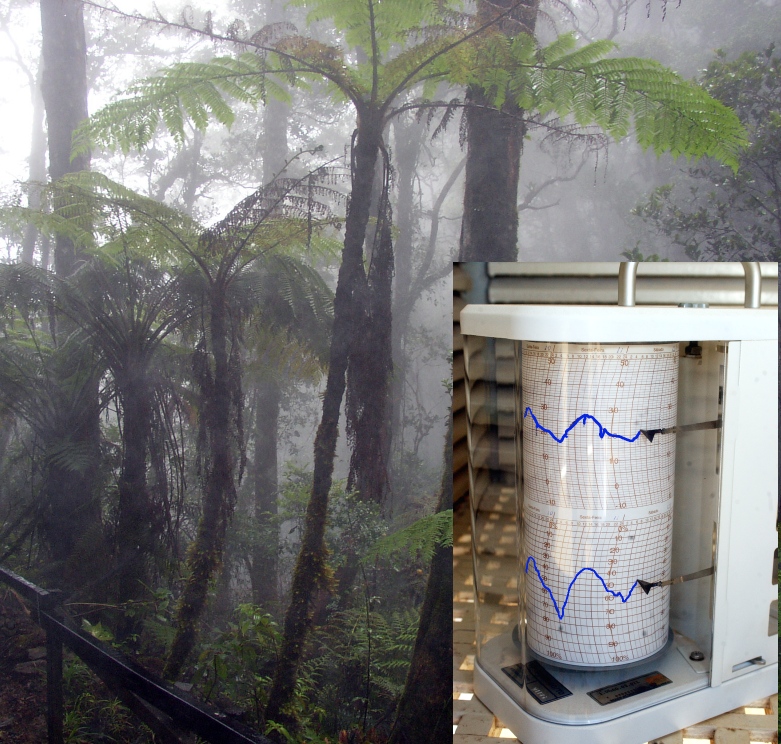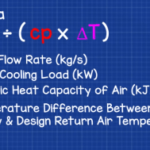Psychrometrics is the science of studying the thermodynamic properties of moist air. The amount of moisture vapour in the air varies quite significantly under different conditions. When the air is hot, it can contain a large amount of moisture vapour, sometimes as much as 5% by volume. When it is cold, its capacity to hold the moisture is reduced. When the temperature of warm air begins to fall, the vapour also cools and, if cooling continues, it will condense into tiny moisture droplets. In the atmosphere this results in the formation of clouds and eventually rain.
Definitions of Air
Three basic definitions are used to describe air under various conditions:
1. Atmospheric air – contains nitrogen, oxygen, carbon dioxide, water vapor, other gases, and miscellaneous contaminants such as dust, pollen, and smoke. This is the air we breathe and use for ventilation.
2. Dry air – exists when all of the contaminants and water vapor have been removed from atmospheric air. By volume, dry air contains about 78 percent nitrogen, 21 percent oxygen, and 1 percent other gases. Dry air is used as the reference in psychrometrics.
3. Moist air – is a mixture of dry air and water vapor.
For practical purposes, moist air and atmospheric air can be considered equal under the range of conditions normally encountered.


